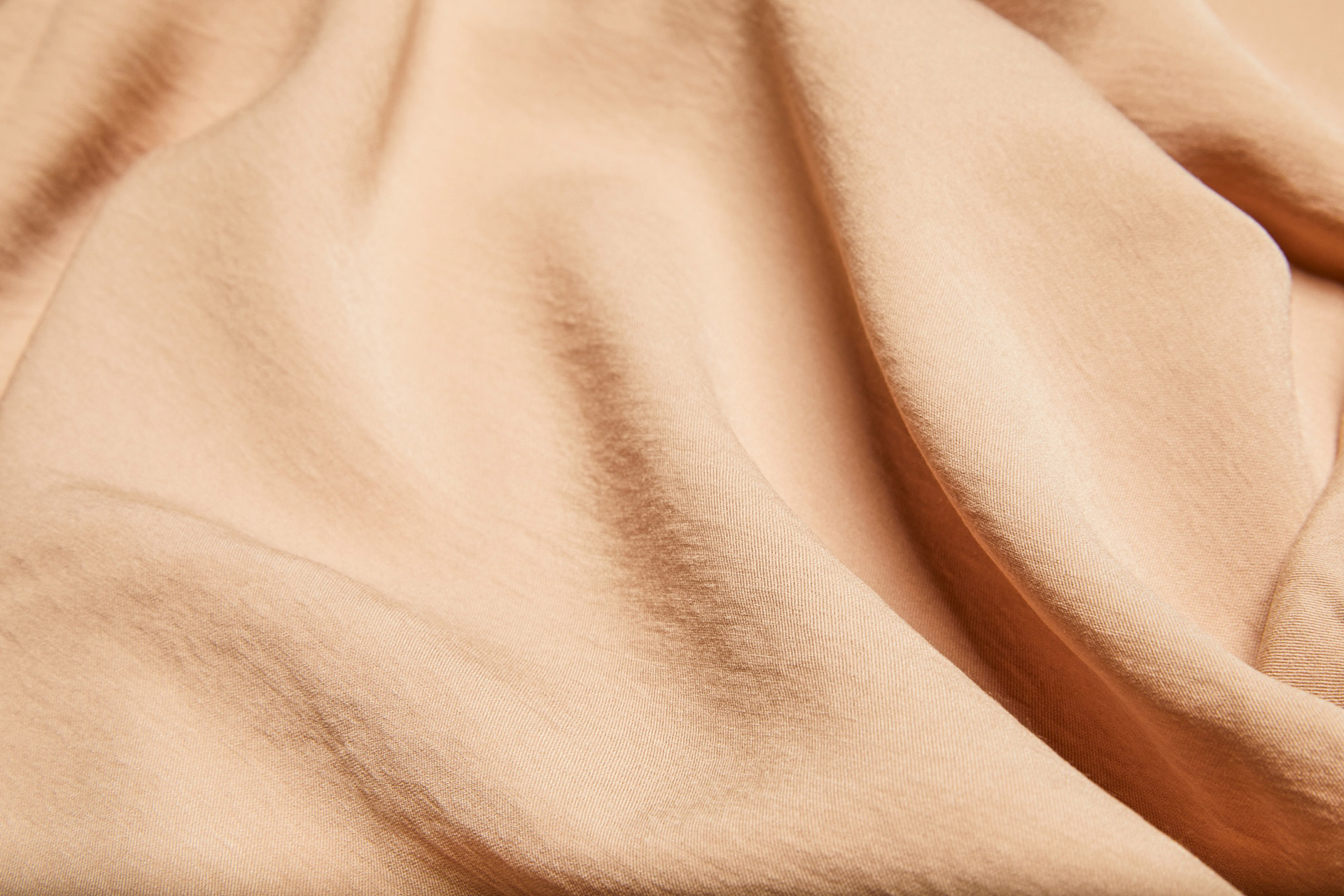A key step in offering environmentally sustainable products without falling into the trap of greenwashing consists in paying attention to the origin of the raw materials we use. But, what exactly are we referring to with this term?
Greenwashing and sustainability
Greenwashing is quite a widespread phenomenon in which companies claim to be eco-friendly but are they really?
The world of fast fashion, for example, is an undisputed protagonist of this phenomenon in which very often we see fashion brands committed to sustainable lines and collections when the other side of production does not care at all about the environmental damage generated.
It is not very easy to recognize brands that exploit this practice. Usually, these brands champion environmental advocacy but do not hold secure, traceable data and detailed claims about their products.
This lack of awareness is a child of our society, but that does not mean it cannot be reversed.
Transparency and traceability: two strengths
Transparency and traceability on the origin of the textile fibers used are two cornerstones of our production.
We are able to guarantee the origin of the materials we work with through important certifications. Certifications such as:
- The Better Cotton Initiative, which certifies the production of fabrics created from sustainably grown cotton;
- The European Flax certification that ensures flax fibers are sourced from European fields;
- The Responsible Wool Standard that ensures the use of wool from farms that pursue a model focused on animal and land welfare.
Being aware of the way we produce and the raw materials we personally select allows us to move in a sustainable direction, avoiding collaboration with partners who do not share the same ethical and professional philosophy as we do.

